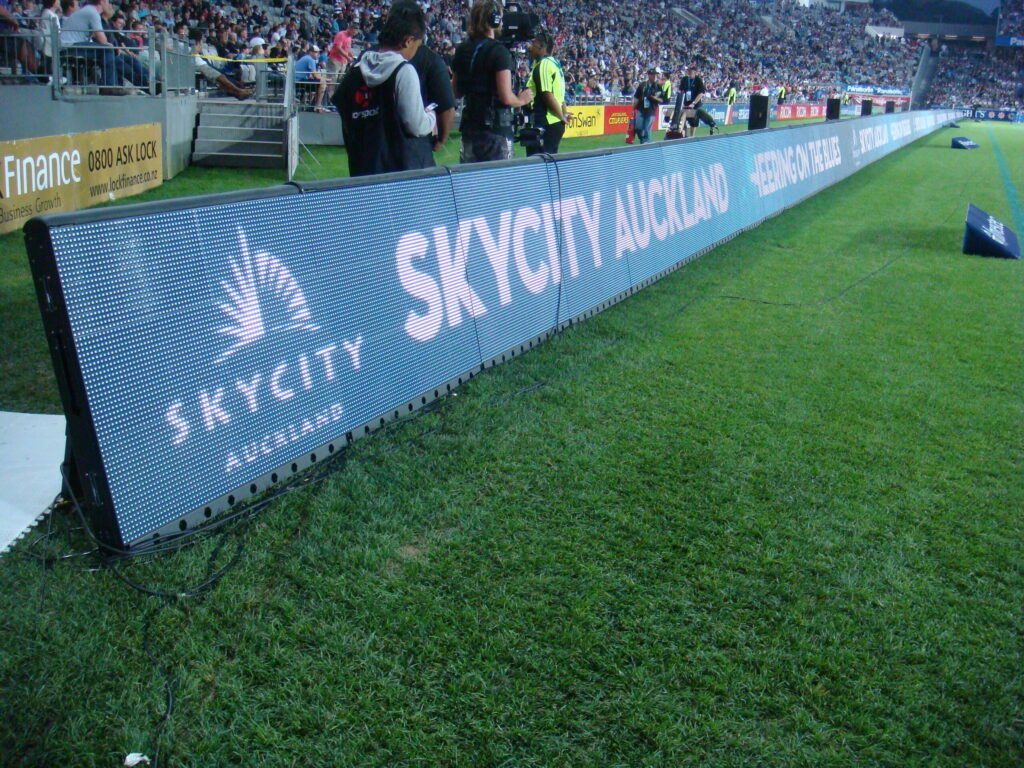While many Brits would now rather forget about the Euros, social media users were astounded to discover during the tournament that the pitch-side advertising displays change, depending on what channel or what country you’re viewing from.
My London News reports that a Twitter user posted a set of four seemingly identical videos laid out next to each other in a 4×4 grid to compare the footage in each. While the football action in each of the videos remains the same, the digital advertising hoardings at the side of the pitch are all different, showing different companies advertised in each video.
The footage in the Tweet by user @UltraLinx showed BetVictor advertised in the top left-hand corner, Coca-Cola in the top right, Nike in the bottom right, and Enterprise in the bottom left-hand corner.
Oliur aka UltraLinx tweeted: “Today I learned that stadiums can have different ads depending on channel and country.”
The revelation collectively blew social media users minds, and even Christian Kabasele, the footballer featured in the video, also quote-tweeted the post, joking: “Today I learned that I could hold the ball better when I played right-winger.”
The digital trickery is performed by Virtual Replacement technology, which allows broadcasters to add in regional-specific advertisements over the top of the existing permitter advertisements at the stadium.
Speaking after an FA and ITV trial of the tech back in 2018, the then senior broadcast manager at the FA Tom Gracey said: “The potential for Virtual Replacement Technology is substantial.
“Perimeter LED displays have become a fundamental platform for activating brand partnerships in sport, so the ability to change that message to make it relevant for different fans around the world is hugely appealing for us and our partners.”
To enable the virtual replacement of the digital displays, the camera is mounted on a ‘virtual head’ which reads to the positioning and alignment data. The camera lens is calibrated with the camera body and the sensor, as well as the software so that the virtual technology can be adjusted for any variance for an offset of zero when the camera was mounted.
The software maps out a virtual 3D box and then is told where to place the overlaid adverts relative to the camera.
Data is fed from the camera to a computer running the virtual software. After the calibration, the virtual operator will load in the graphics they have been given, created to whatever specifications. They then use various keys to mask out what they want and don’t want the virtual graphics to appear on.
This technology is used elsewhere in sports broadcasting too, such as distance lines in horse racing, overlaid statistics, on-pitch logos and images. It is even used in whole studios, too.
If you take a look at the comparison footage, the top left is what those in the stadium will see. It is not a green screen, but a key overlay, which can be indicated by the differing shutter speed between the camera and signage.
If you’re looking for stadium advertising boards, talk to us today.
